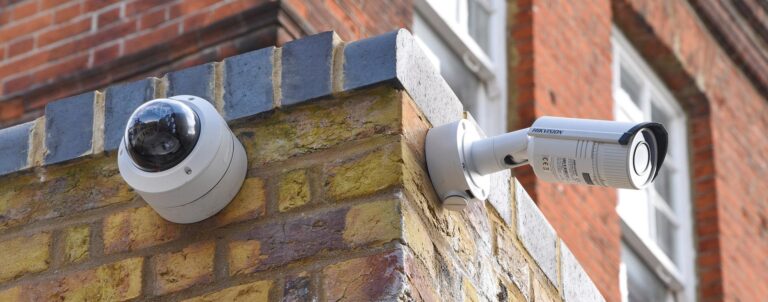Surveillance Cameras in Schools:
Striking the Delicate Balance Between Safety and Privacy
(CCTV Camera for Schools)

Introduction to CCTV camera for schools:
The Rationale Behind Surveillance Cameras in Schools:
Benefits of Surveillance Cameras in Schools:
Deterrence and Prevention:
Visible surveillance cameras act as a deterrent to potential wrongdoers, discouraging misconduct and criminal activities on school premises.
Quick Response:
In case of emergencies or incidents, surveillance cameras provide real-time information that enables a faster and more effective response from school officials and law enforcement.
Incident Documentation:
Cameras capture visual evidence that can be crucial for investigations, disciplinary actions, and legal proceedings.
Safety Culture:
The presence of surveillance cameras fosters a sense of safety and accountability among students, staff, and parents, enhancing the overall school culture.
Challenges and Privacy Concerns:
Invasion of Privacy:
One of the most significant concerns surrounding surveillance cameras in schools is the potential invasion of privacy. Students have a reasonable expectation of privacy, and constant surveillance can infringe upon their rights.
Data Security
Storing and securing the vast amount of footage captured by surveillance cameras is a challenge. Unauthorized access or data breaches could compromise sensitive information.
Unintended Consequences:
Surveillance cameras may inadvertently create an atmosphere of mistrust or contribute to a negative school climate if not implemented thoughtfully.
Mission Creep:
The scope of surveillance might expand beyond security purposes, leading to monitoring of student behavior unrelated to safety concerns.
Strategies for Balancing Safety and Privacy:
Conclusion:
Payless CCTV



